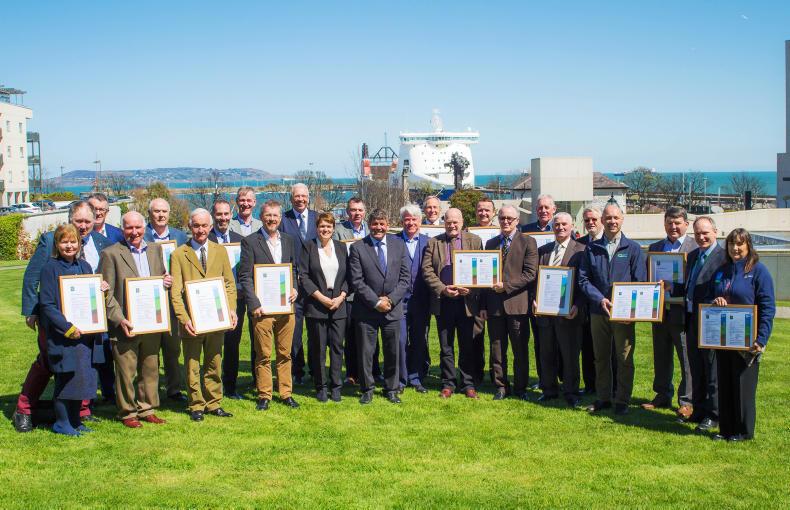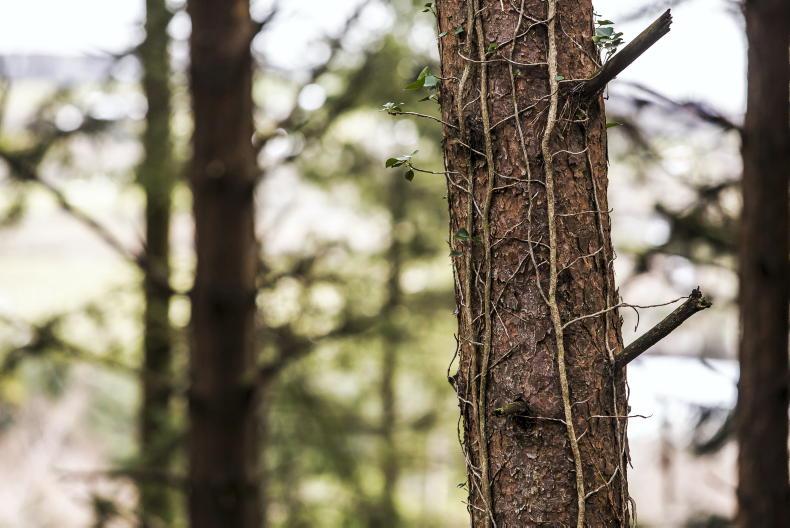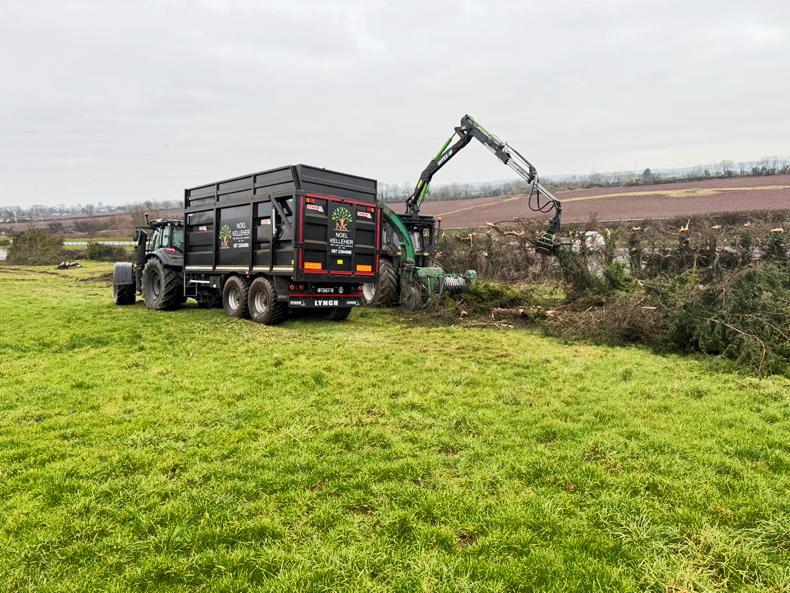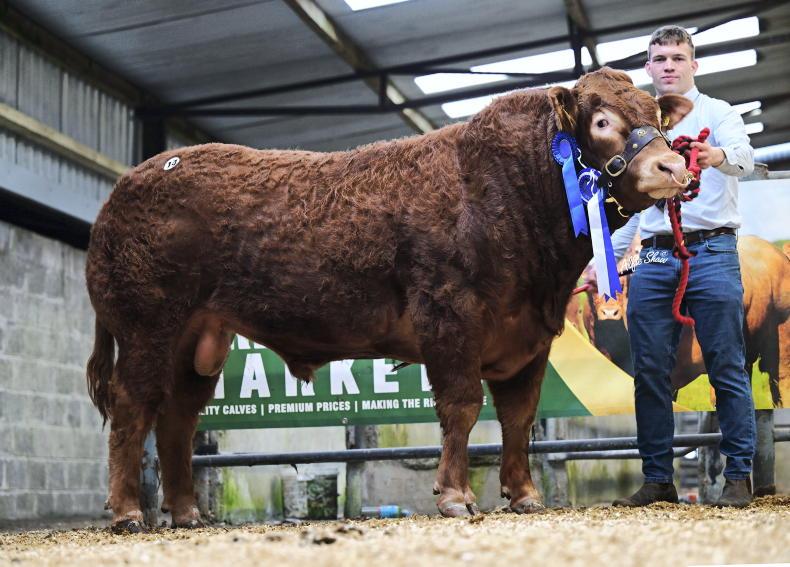Minister of state Andrew Doyle recently announced a review of the national response to ash dieback. “This includes a review of the Reconstitution Ash Dieback Scheme and the 2013 All Ireland Chalara Control Strategy,” he said.
The review follows “a high-level stakeholder meeting which received updated scientific advice on the prevalence of the disease in ash plantations in Ireland,” said a Department spokesperson.
The stakeholder meeting received updates from experts in Minister Doyle’s Department, Teagasc and Forest Service on the latest international scientific advice and experience of dealing with the disease.
“It is time for a new approach in Ireland to ash dieback, [as] it is clear from the latest scientific advice that eradication here is no longer considered feasible,” he maintained. “Given this updated advice, our policy response must also change.”
The minister announced that a detailed public consultation period on the policy response to the disease would take place.
“The Reconstitution Ash Dieback Scheme will be reviewed to ensure its continued relevance and value for money, and to ensure that the forest owner is provided with a broader range of silvicultural and management options,” he said.
Support
“For farmers, this new policy response will mean more options if their forests are affected by the disease and we will continue to inform and support them if they have ash dieback,” he said.
Responding to recent requests for more flexibility in managing ash where the disease has been detected, he said: “I believe many farmers with ash dieback on larger trees would like the opportunity to grow the forest on and produce a crop of ash timber without the fear of their annual premiums being stopped.
“As a first step, I am announcing with immediate effect that we will no longer be ending premium payments to farmers who wish to continue with cultivating their ash plantation where the prevalence of the disease is low.”
Since the first finding of Chalara or ash dieback disease caused by the fungus Hymenoscyphus fraxineus in 2012, more than 560 plantations have been confirmed with the disease, in addition to other findings in nurseries, roadsides, gardens, farms and hedgerows.
The Department currently runs the Reconstitution Ash Dieback and Woodland Improvement Schemes to assist landowners with the disease.
Research
Since 2013, the Department has partnered with the Forestry Commission in the UK, as well as funding Teagasc to carry out research on breeding for disease resistance.
“Results so far from trials laid down show that some Irish trees show strong resistance to the disease and we can breed from these trees and we hope to get back planting ash in the future,” said Minister Doyle.
Minister Doyle encouraged anybody with an interest in ash dieback to make known their views as part of the Department’s consultation.
The closing date for submissions is this Friday. However, this is just the beginning of the consultation process. Details are on the Department’s website and submissions may be sent to forestryprogram2014-2020@agriculture.gov.ie.
Two producer groups receive forest certification
Minister of State with responsibility for forestry Andrew Doyle presented Forest Stewardship Council (FSC) group certification to the North East Forestry Group (NEFG) and the Forest Owners Co-operative Society (FOCS) at a recent event in the Royal Marine Hotel, Dun Laoghaire, Co Dublin.
Forest certification is a system which independently verifies that forests and woodlands are managed according to international principles of sustainable forest management (SFM).
While large State and private forestry companies have achieved certification in Ireland, the Dun Laoghaire event was special, as NEFG and FOCS are the first producer groups to be awarded certification.
The international timber market is now demanding certification because it satisfies social, environmental and market requirements.
To receive the stamp of certification from FSC and/or the Pan European Forest Certificate Council (PEFC), growers, processors and manufacturers must prove that the timber leaves a sustainable trail from forest to end user.
So, this “green” route goes beyond the forest as sawmills, panel board plants, furniture manufacturers, paper-producing mills and other outlets also require chain of custody (CoC) certification. These can only receive CoC certification if 70% of their logs are sourced in certified forests.
“The presentation of certification was the outcome of a project initiated by my Department arising from its decision that the best approach to addressing barriers to private forest owners achieving forest certification was to establish two certification groups where costs can be shared,” said Minister Doyle at the award ceremony. “In that way, a template can be developed to assist foresters in helping their clients achieve certification.”
In November 2016, a consortium led by Commercial Forestry Services Ltd (CFS) in partnership with The Forestry Company, UK Forest Certification Ltd and the Soil Association Certification Ltd (UK) won the contract to develop a group certification template for private forest owners.
Forest management plans
“The project involved the production of forest management plans (FMPs) for each of the properties in the project,” said Mechteld Schuller, director and project manager at CFS. “The FMP template for forest certification was developed as part of the project,” she explained.
After rigorous pre-assessment audit inspections and a final audit, the forest properties were adjudged as being compliant with FSC certification principles.
Certification is too costly and complex for most forest owners, but when growers pool their resources, as NEFG and FOCS did, then it is achievable and cost-effective, as well as sending out a positive message that private forest owners – mainly farmers – can manage their forests sustainably. The success of the two projects opens the door for other forest producer groups around the country to also achieve certification.
Creating interest in planting eucalyptus
In 2015, I visited a number of eucalyptus sites in Co Waterford with Kevin Hutchinson and Bill Berkery of Coillte and Denis Buckley of Irish Plant Propagation Ltd.
The yields on some sites were impressive, with a number of species clearfelled at between 12 and 16 years of age.
Species such as E. nitens, E. globules, E. gunii E. glaucescens, E. subcrenulata and E. rodwayi adapt well to Irish site conditions, with frost damage a threat for species such as E. nitens, which should not be planted in low-lying areas or on sites more than 50km from the coast.
The Forest Service introduced the grant-aided Forestry for Fibre Scheme at the time in 2014, but nobody availed of this.
Request
Later, I wrote to the Forest Service requesting an increase in the premium and grant payments, as well as extending the premium period, which was then 10 years.
In the midterm review, the Forest Service increased the total grant available to €3,815, almost trebled the annual premium to €510 for sites less than 10ha and increased the premium period from 10 to 15 years.
Despite these significant increases, there is still little interest in the scheme, which also features other species such as Italian alder, hybrid aspen and poplar.
Like the Agro-Forestry Scheme, Forestry for Fibre is new, so reluctance to plant is understandable.
However, the high yields from eucalyptus, along with attractive premium payments, make it an option as part of a planting programme alongside species that will grow on to produce commercial large sawlog crops.
Scheme uptake
Denis Buckley, who has been producing approximately 400,000 eucalyptus annually for the domestic and export markets over the past 10 years, believes it is worth considering in the species mix.
However, he is unsure about the uptake of the scheme over the coming years.
“I need to order seed soon to have plants for the next planting season,” he explained from his nursery at Carrigtwohill, Co Cork.
“My conundrum now is should I sow seed for the improved Forestry for Fibre Scheme and keep faith with it for another year?” He is still producing eucalyptus plants for export, but to contracted amounts only.
He also believes that eucalyptus could prove an attractive option on reforestation sites capable of providing an early income, as no grants or premium payments are available for second and subsequent rotations.
With demand for biomass for energy and pulp for panel board production likely to increase, it may be time to consider planting eucalyptus, especially in sites close to energy and pulpwood outlets.
The annual planting target of 1,000ha for the Forestry for Fibre Scheme over the coming years is regarded as too ambitious.
A target closer to 300ha would satisfy Denis Buckley, as it would ensure a modest but viable programme for his Irish Plant Propagation Ltd nursery.











SHARING OPTIONS